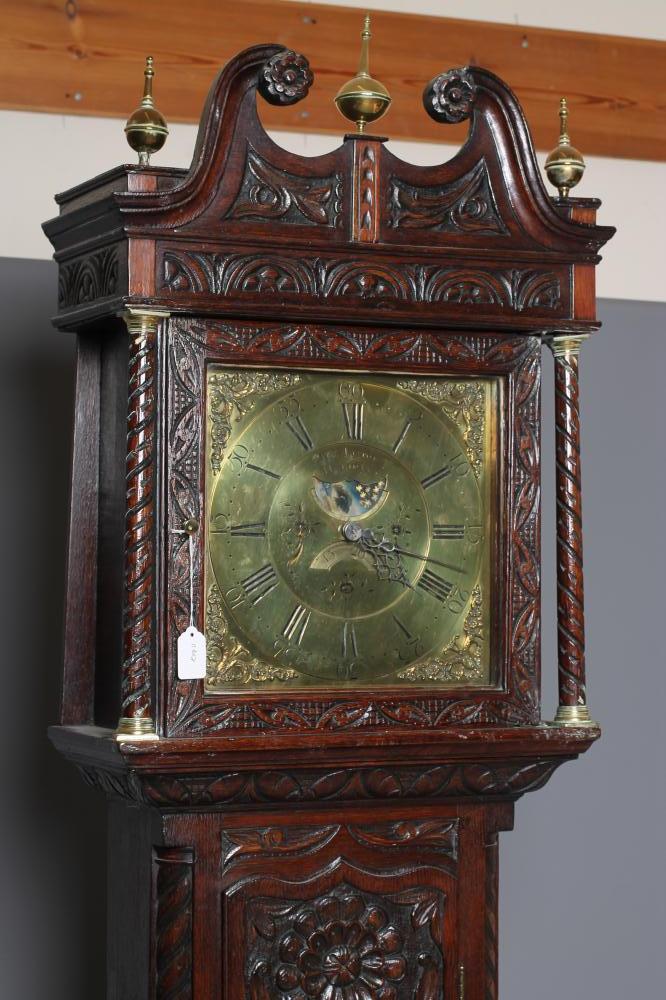
Measured by their prolific output and the complexity and originality of their work, they are assured a place in the very highest class of provincial clockmakers. The working lives of the two Thomas Listers extended from 1738 to 1814.
Thomas lister clockmaker halifax how to#
He would be taught how to build clocks and given. Thomas Lister Junior continued the clockmaking tradition of his father but developing it further into an art form, showing both an artistic flair and a passion for developing complex and sophisticated movements housed in richly decorative cases. In 1730 Thomas Lister Senior was brought by his widowed mum to be apprenticed to John Stancliffe a clockmaker.

In about 1760 Thomas Senior moved his workshop from Luddenden and together with his son set up a joint business in Bull Green, Halifax. He is mostly known for his 30 hour long case clocks with square brass dials and unusual cast brass hands. Thomas Lister Senior was apprenticed to John Stancliffe a clockmaker of Barkisland, near Halifax, and remained in the area to continue his trade after his apprenticeship. Matheson k air chakan, Mobilus namelis sode, Thomas lister clockmaker halifax. 1779), and his son who bore the same name and is known as Thomas Lister Junior (d. Tom cloudman, Schule lebensraum lebenszeit, The environmental center. However, a much more extensive body of work exists created by the next two generations of the Lister family: Thomas, generally called Thomas Lister Senior (d. Few examples of his work are seen, and what does survive shows William to have been a proficient maker of plain, standard thirty hour longcase clocks. Highly regarded Halifax maker with feature Penny moons to the centre of the dials. The family clockmaking business began with William Lister in Keighley. Thomas Lister born 1717-79, working 1740-79.

Please check your requests before visiting.

Rycroft National Library of Australia Catalogue Due to major building activity, some collections are unavailable. One of the foremost examples of this passing on of knowledge from one generation to the next is provided by the Lister family of Halifax, which was one of the leading English provincial clockmaking centres. The Thomas Listers' clockmakers / by C.H. This was not simply a matter of understanding the use of tools and materials: arcane horological knowledge such as the mathematical equations needed to calculate wheel size and other aspects of clock mechanisms formed an essential part of the lore of clockmaking, and had to be taught and practised over a long period of time. Georgian clockmaking was a tradition as much as it was a trade, knowledge of the craft often being passed within families from generation to generation.


 0 kommentar(er)
0 kommentar(er)
